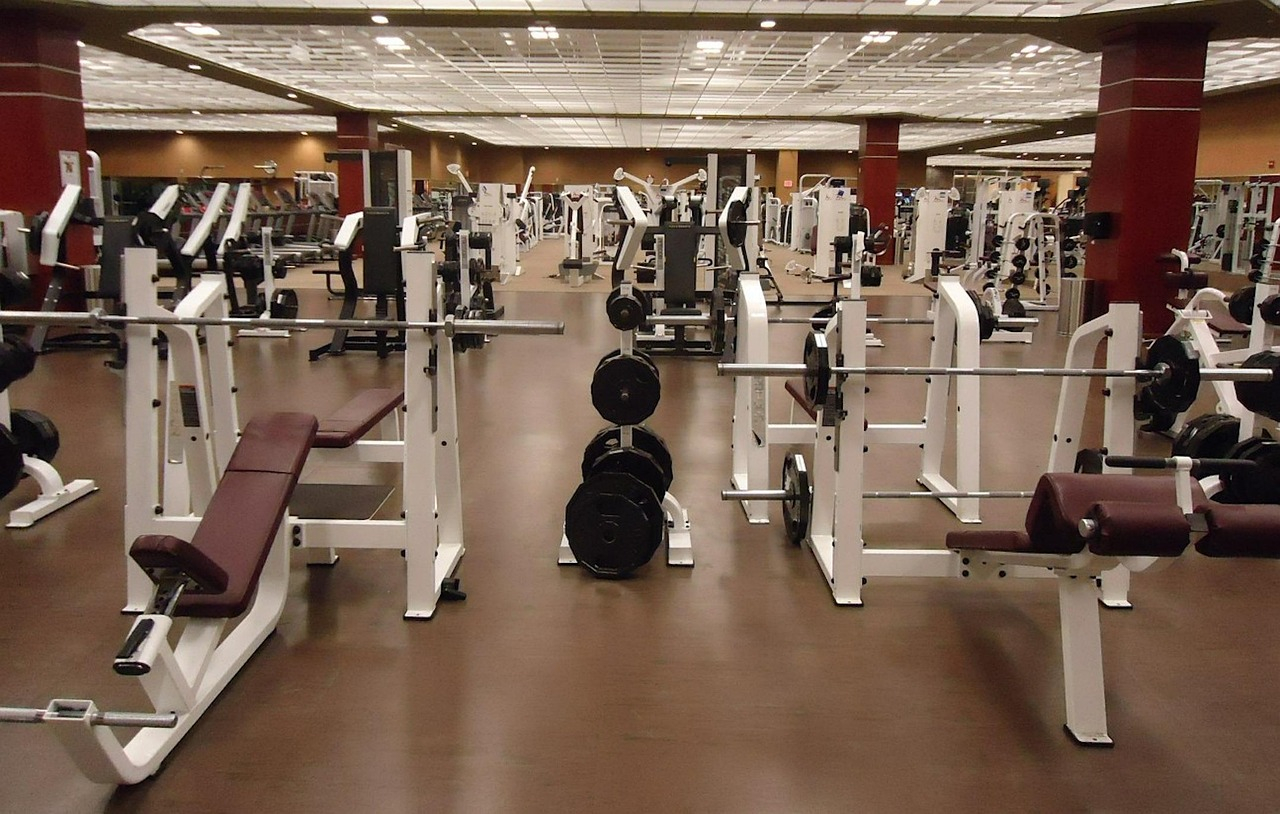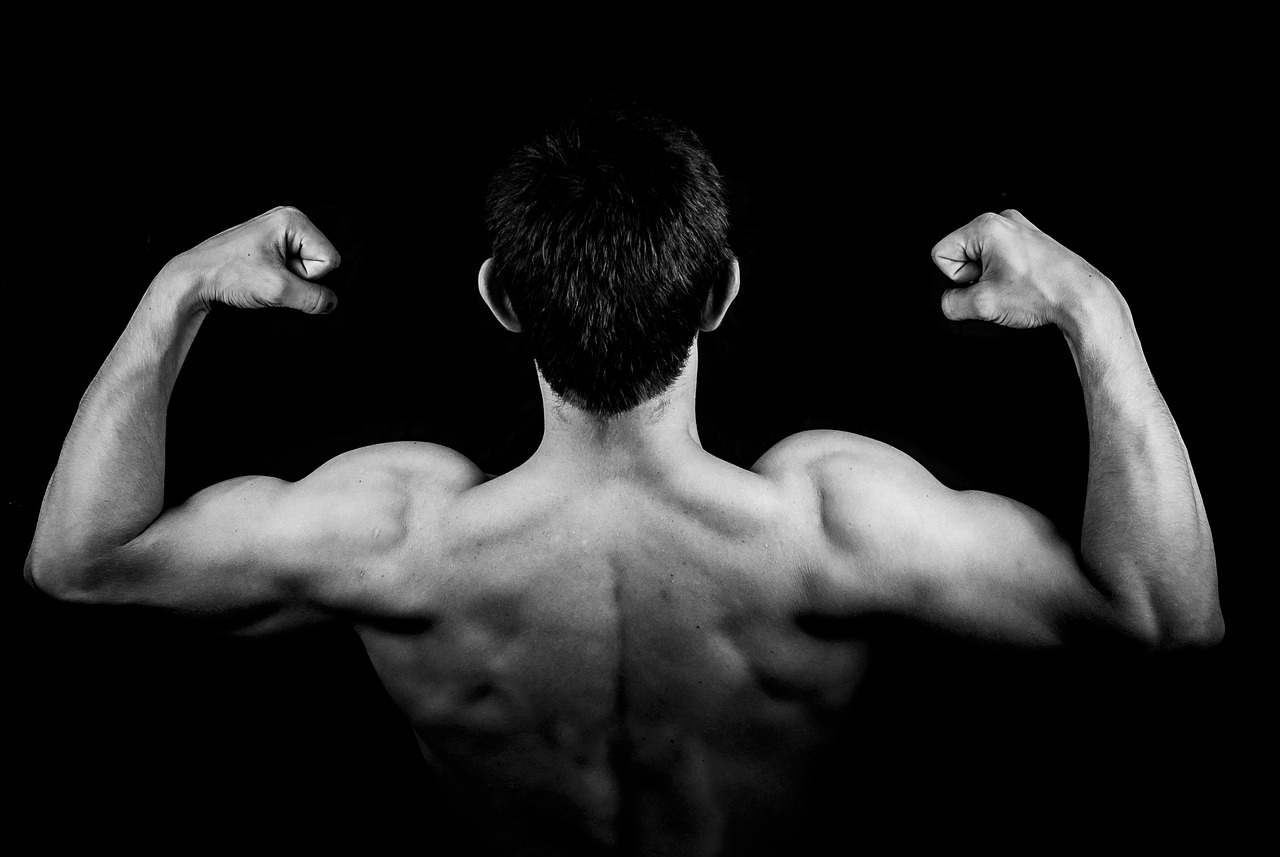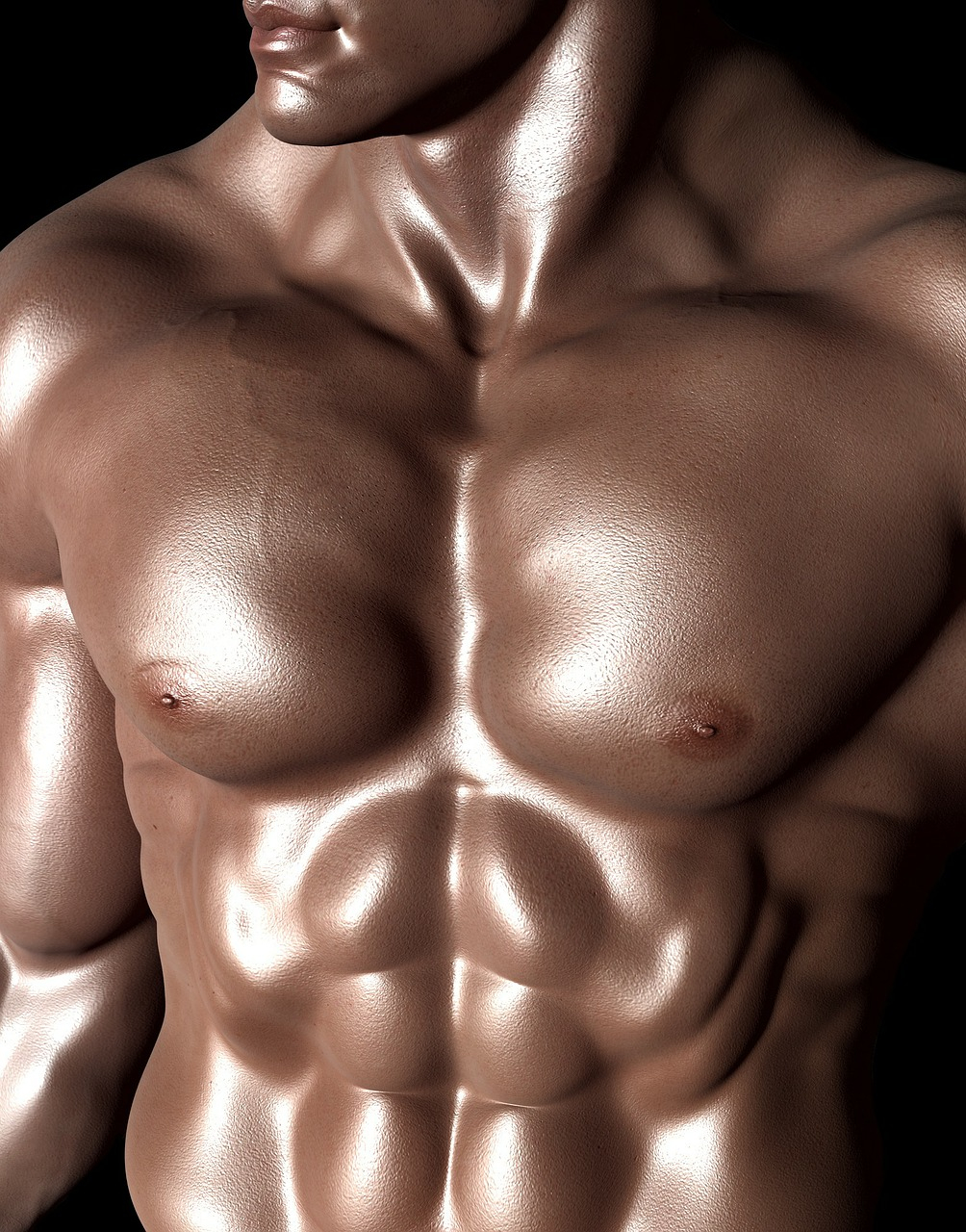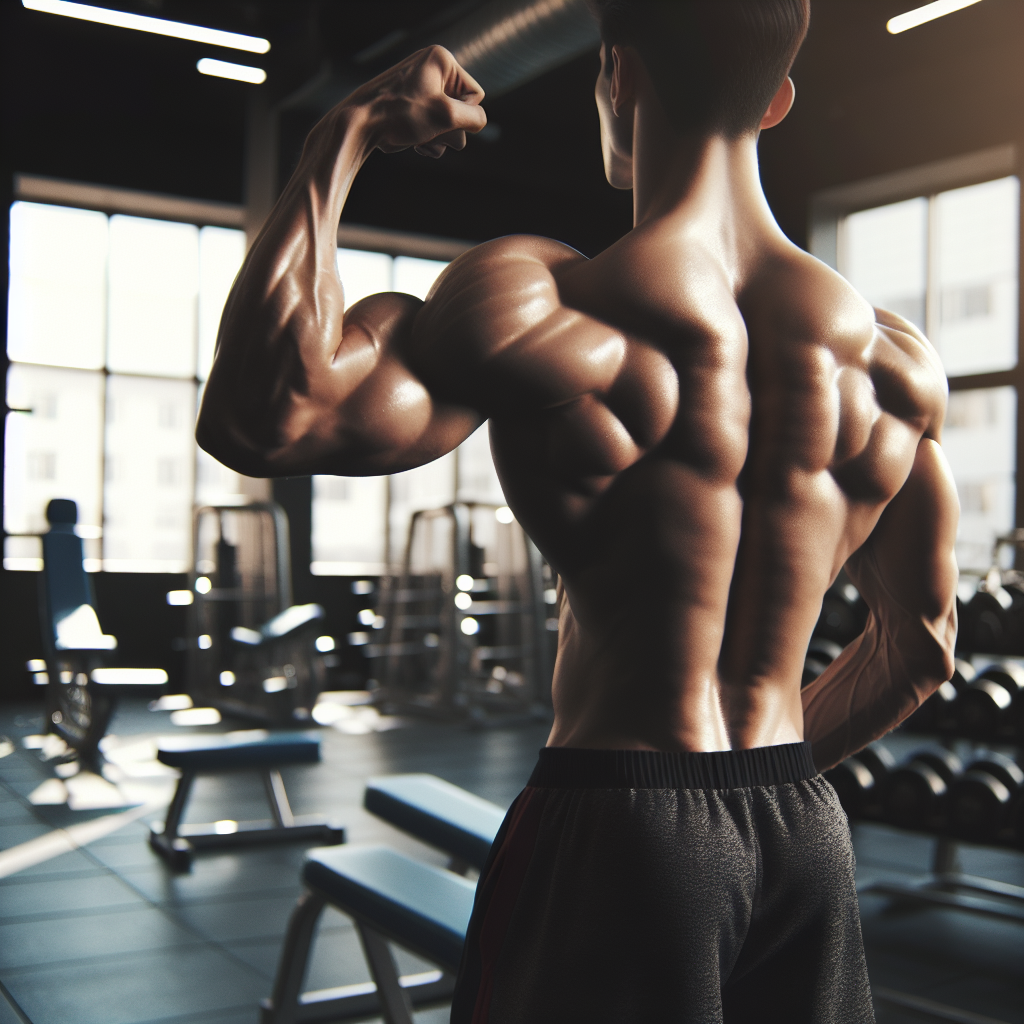Mastering the Art of Muscle Building: A Comprehensive Guide for You
If you’ve ever wondered how to build muscle, look no further. “Mastering the Art of Muscle Building: A Comprehensive Guide for You” is a resource packed with everything you need to know about muscle building. From understanding the anatomy of a muscle to detailed guides on effective training routines and nutrition – you’re about to discover a treasure trove of valuable insights. So, gear up! Your journey towards a stronger, fitter you starts right here.

Understanding Muscle Building
building muscles isn’t as simple as lifting heavy weights repetitively. It involves understanding the human anatomy, the way our muscles work, and the factors that can affect muscle development. Combined with the right nutrition and workout, it’s achievable. Let’s break it down for you.
Basic Anatomy of Muscles
Muscles are complex structures in your body responsible for bodily movement. There are three types of muscles: skeletal, smooth, and cardiac muscles. Among these, skeletal muscles are the ones targeted for growth in muscle-building exercises because they are voluntary muscles that you can control.
Process of Muscle Growth
Muscle growth, also known as hypertrophy, is a process where your muscles increase in size. When you exert physical stress on your muscles, small damages occur in the muscle fibers. Your body repairs these damages, resulting in an increase in the size of the muscle cells and thus, muscle growth.
Factors Influencing Muscle Development
Several factors contribute to muscle development. Your age, gender, hormonal balance, genetics, and lifestyle factors, can influence how quickly and efficiently you’re able to build muscle. Knowing these factors can help you build a training approach best suited to you.
Importance of Nutrition
In muscle building, what you eat can be as important as your workout. Proper nutrition is vital to fuel your workouts and recover from them.
Understanding Macronutrients
Macronutrients are nutrients your body needs in large quantities. They include proteins, carbohydrates, and fats. Proteins play a crucial role in muscle recovery and growth. Carbohydrates provide energy for your workouts while fats also play a role in hormone production, including those necessary for muscle growth.
Eating for Muscle Growth
Eating for muscle growth requires a balanced diet rich in protein and sufficient carbs and fats. Also, frequent meals can help provide an adequate supply of nutrients to your muscles.
Hydration and Muscle Building
In addition to nutrition, staying hydrated is crucial for muscle building. Dehydration can affect your performance and recovery, hindering muscle growth.
Supplementation for Muscle Development
Supplements can give you an extra edge in muscle building by providing nutrition, aiding recovery and boosting performance. However, they are a supplement to, not a replacement for, a healthy diet.
Exercise Essentials for Muscle Building
Physical exercise is the key element of muscle building. It’s crucial to employ the right exercises and techniques for efficient muscle growth.
Importance of Resistance Training
Resistance training is a key component of muscle building. By causing tension in your muscles through resistance, like weights, muscle damage occurs, leading to muscle growth during recovery.
Exploring Different Types of Exercise
While resistance training is paramount, diversifying your exercises can aid muscle growth. Incorporate flexibility and mobility exercises, cardiovascular activities, and strength training in your routine for balanced fitness.
Understanding Progression and Overload
To build muscles, you need to continually challenge them. This is where the principles of progression and overload come in. You need to regularly increase the intensity of your exercises to stimulate further muscle growth.
Designing a Muscle Building Program
Designing a muscle building program involves setting realistic goals, creating a balanced routine, and understanding periodization.
Setting Realistic Goals
Setting realistic and specific goals can motivate you further towards muscle building. These can be short-term or long-term goals tied to your overall fitness and muscle development.
Creating a Balanced Routine
A balanced routine includes not just different exercises, but also rest and recovery sessions. Remember, muscle building is not just about working out continuously but allowing sufficient recovery time.
Understanding Periodization
Periodization is the systematic planning of physical training. It involves varying your training program at regular time intervals to prevent plateaus in performance and keep the gains coming.

Optimizing Workout Techniques
Mastering the Art of Lifting
The art of lifting involves understanding and implementing proper lifting techniques. Lifting with incorrect form not only hinders muscle growth but can also cause injuries.
Measuring and Tracking Progress
Regularly monitoring your progress can boost your motivation and help recalibrate your goals and strategies. This could be tracking your weights, measurements, or even your photographic progress.
Avoiding Common Workout Errors
Avoid common workout errors like neglecting warm-ups and cooldowns, lifting improper weights, and ignoring the importance of rest. Such errors can impede your muscle-building progress and lead to injury.
Recovery and Muscle Growth
Understanding the Role of Rest
Rest periods are when the actual muscle building happens. During rest, your body repairs muscle damage caused during workouts, leading to an increase in muscle size.
Importance of Sleep in Muscle Building
Quality sleep is crucial for muscle recovery, as many reparative processes happen during sleep. Lack of sleep can impair muscle recovery and growth.
Recovery Techniques and Tools
Recovery methods like stretching, foam rolling, and massages can help alleviate muscle tightness and facilitate quicker recovery. Adequate hydration and nutrition also play a large role in recovery.

Psychological Aspects of Muscle Building
Developing a Positive Mindset
Developing a positive mindset can help you overcome challenges and motivate you towards your muscle-building goals. Mindset can make a big difference in how you approach workouts and handle setbacks.
Overcoming Barriers and Challenges
Building muscle can be challenging and you’ll meet obstacles. Overcoming these requires determination, flexibility in overcoming hiccups, and patience to see the changes in your body.
Finding Motivation and Staying Committed
Consistency is key in muscle building. Find what motivates you, set clear goals and stay committed to your regimen. It’s a journey, not a destination.
Importance of Flexibility and Mobility
Role of Stretching in Muscle Building
Stretching plays a crucial part in muscle building by improving mobility, preventing injury, and aiding in recovery.
Benefits of Yoga and Pilates for Muscle Growth
Yoga and Pilates increase flexibility, strength, and balance, contributing to better performance in muscle-building workouts.
Impact of Mobility Exercises
Mobility exercises enhance your range of motion, enabling you to perform exercises with proper form. This can contribute to more effective muscle building.

Age and Gender Considerations in Muscle Building
Muscle Building in Women
Contrary to common misconceptions, women can and should lift weights. While hormone differences might affect the rate of muscle development, the process itself remains the same.
Understanding Age-Related Muscle Loss
With age, muscle loss is natural. However, muscle-building exercises can help mitigate this and improve overall health and fitness even as you age.
Training Approaches for Different Age Groups
Training approaches can vary based on age and fitness levels. What works for a young adult may not work for an older person. the key is to find a suitable, safe, and effective approach.
FAQs on Muscle Building
How Long Does It Take to Build Muscle?
The time it takes to build muscle can differ for every individual based on factors like genetics, diet and training routine. Generally, noticeable muscle growth starts after a few weeks of consistent training and proper diet.
What Should I Eat to Build Muscle?
a balanced diet rich in proteins, carbohydrates, healthy fats, and hydration is required for muscle building. Proteins aid in muscle recovery and growth, while carbs and fats provide the necessary energy for workouts.
Can You Build Muscle without Weights?
Yes, you can build muscle without weights. Bodyweight exercises like push-ups, squats, lunges, and pull-ups can be very effective in muscle building.
What Are The Best Exercises for Muscle Building?
Exercises like deadlifts, squats, bench press, and overhead presses are some of the effective exercises for building muscle, as they target multiple muscle groups at once. However, the “best” exercise can vary based on individual goals and fitness levels.

